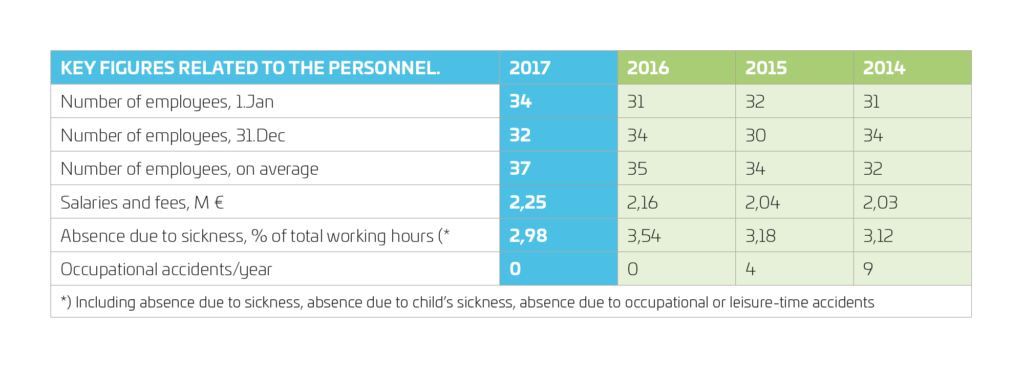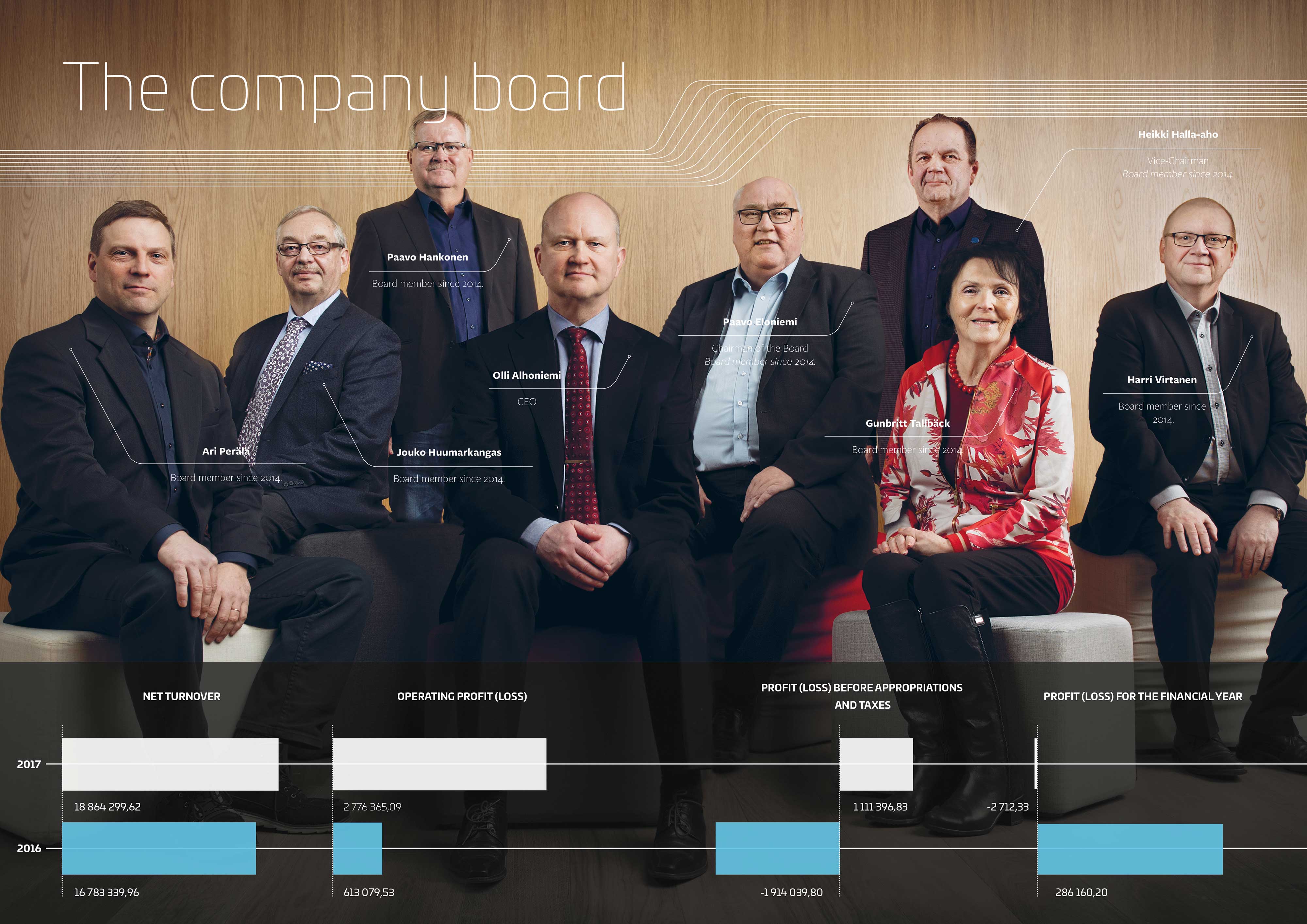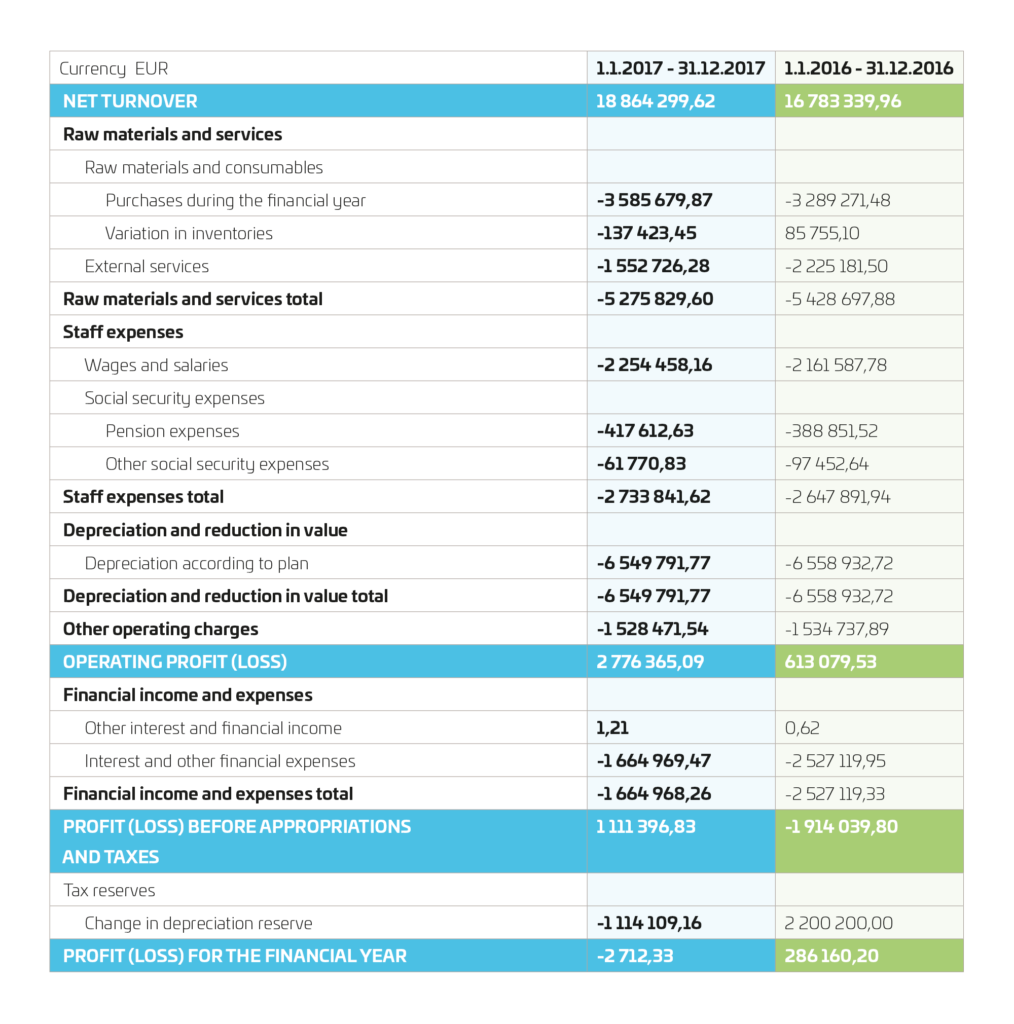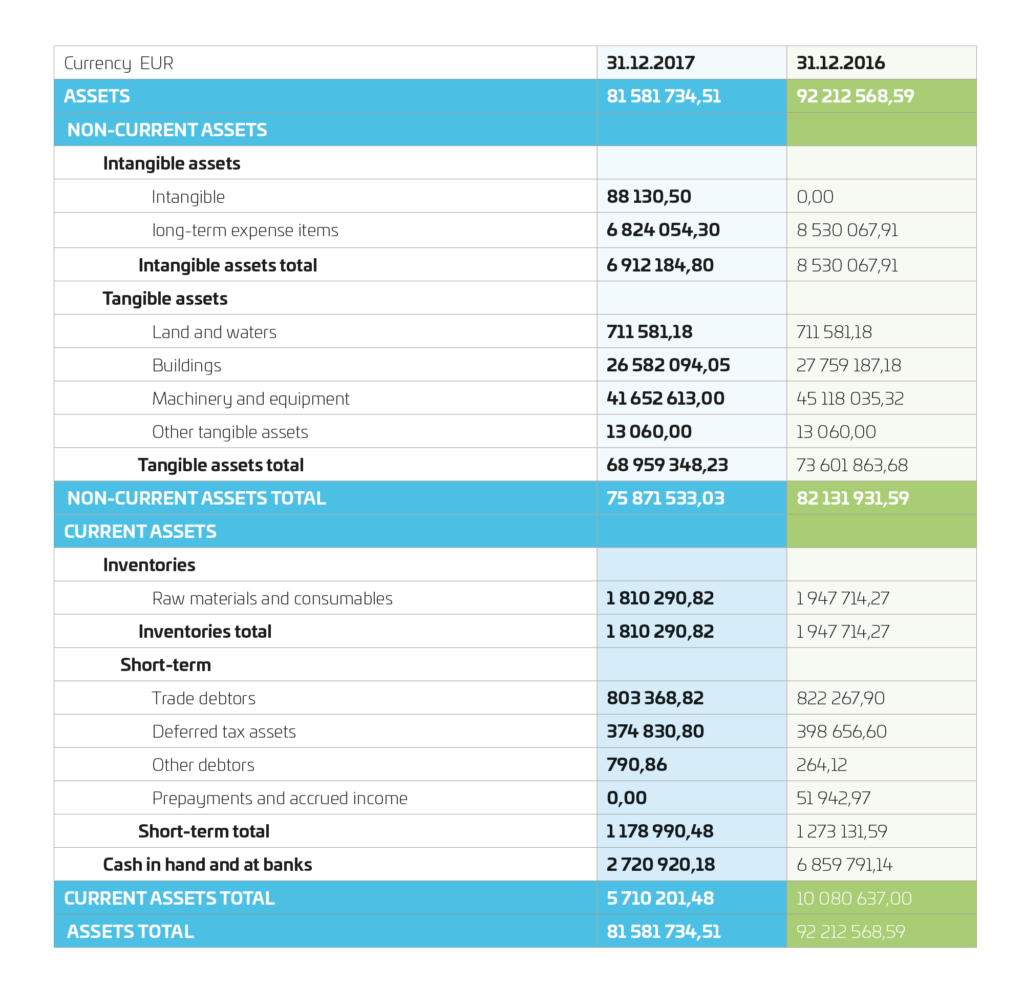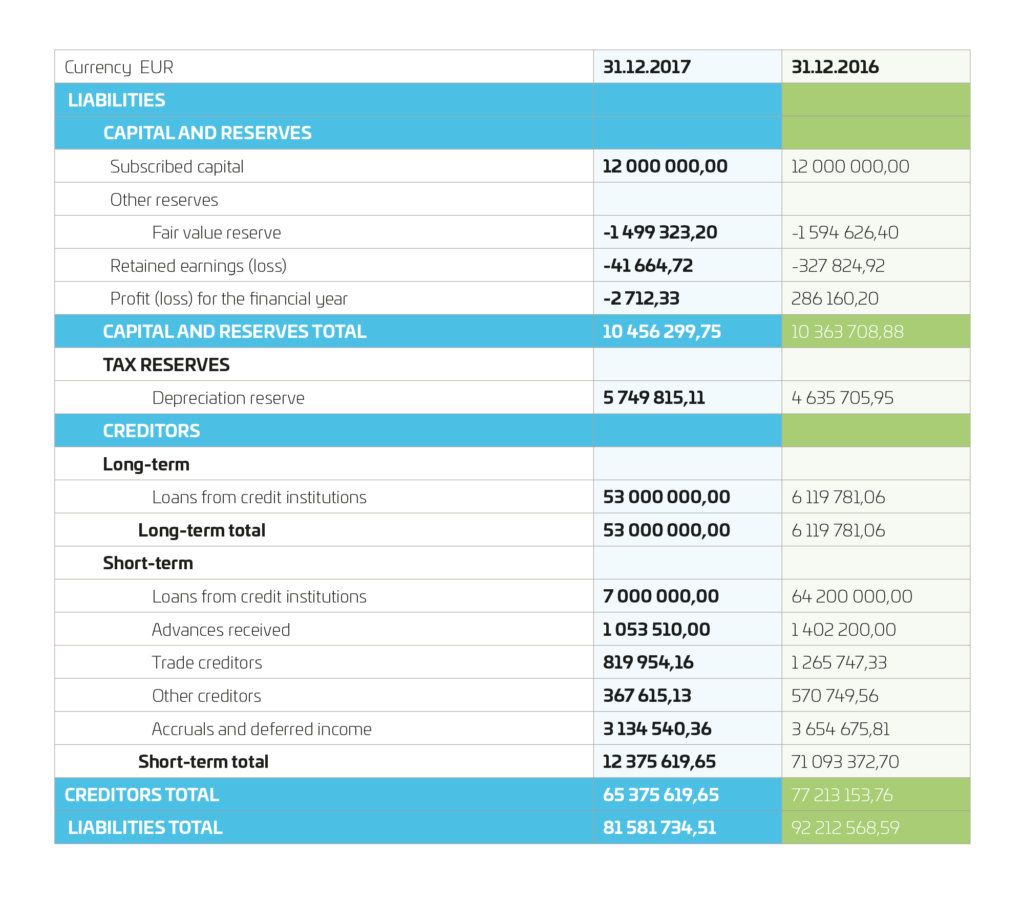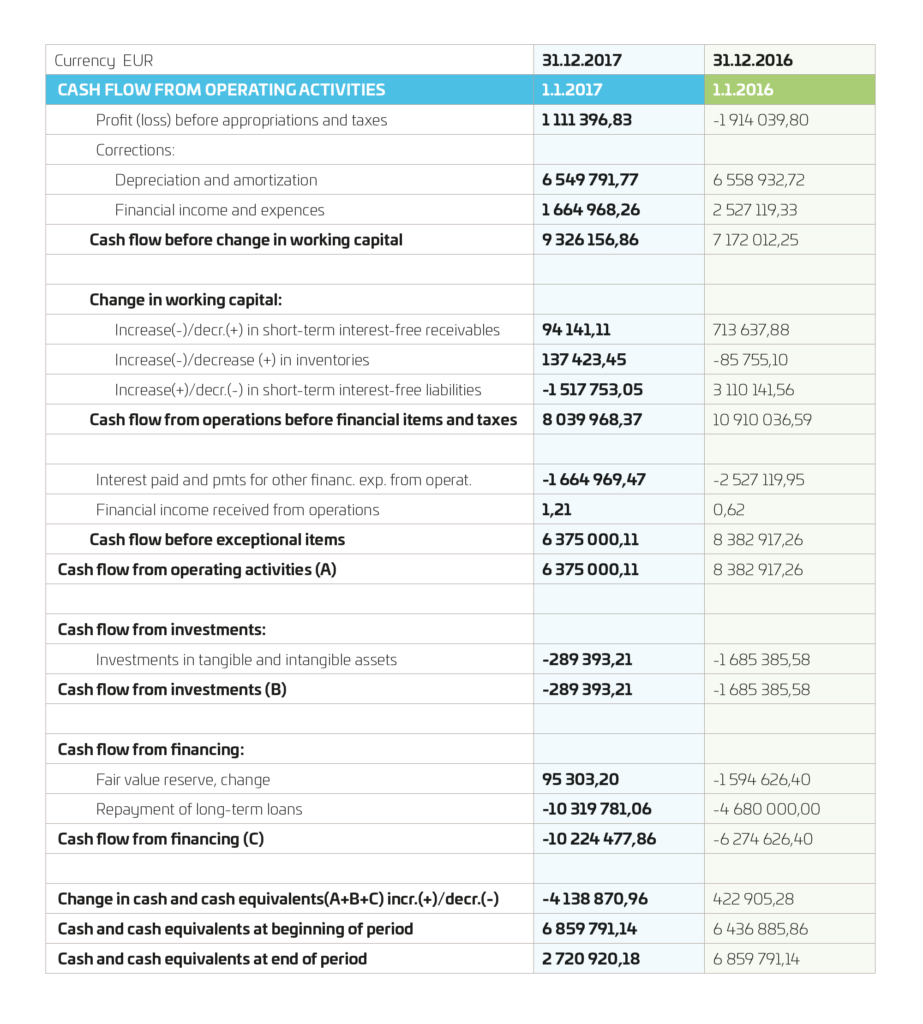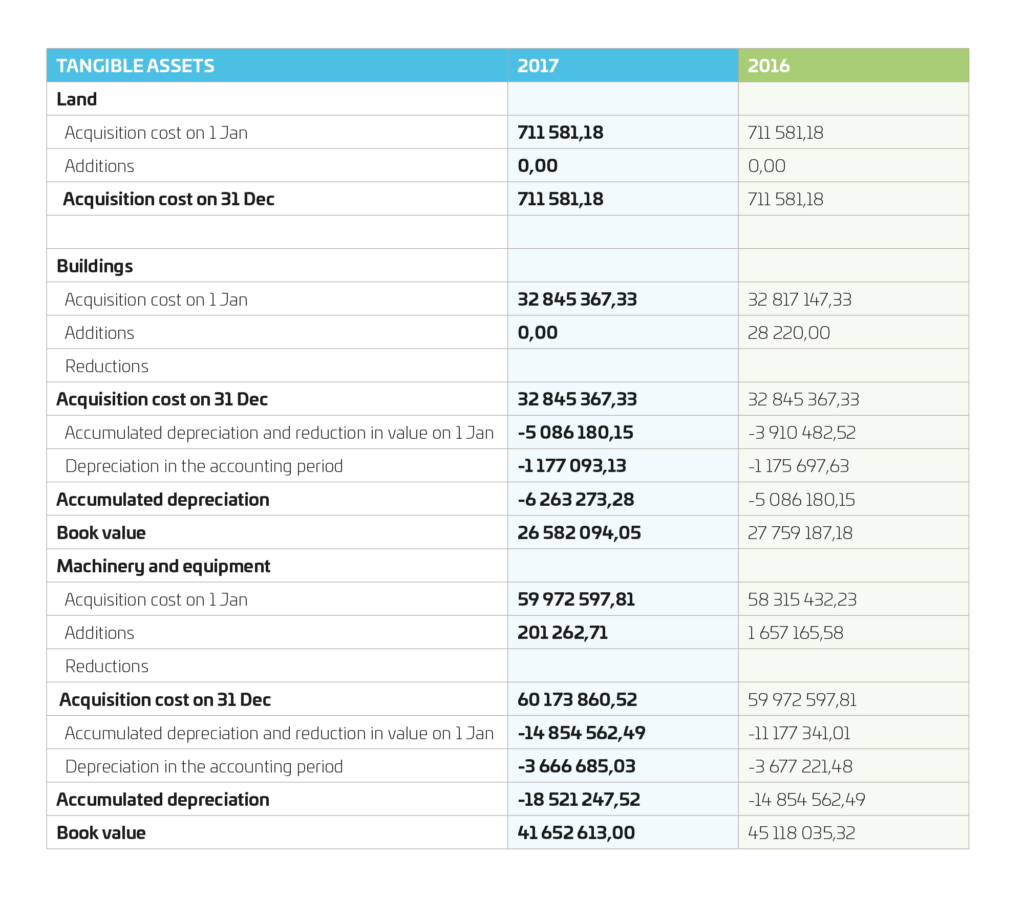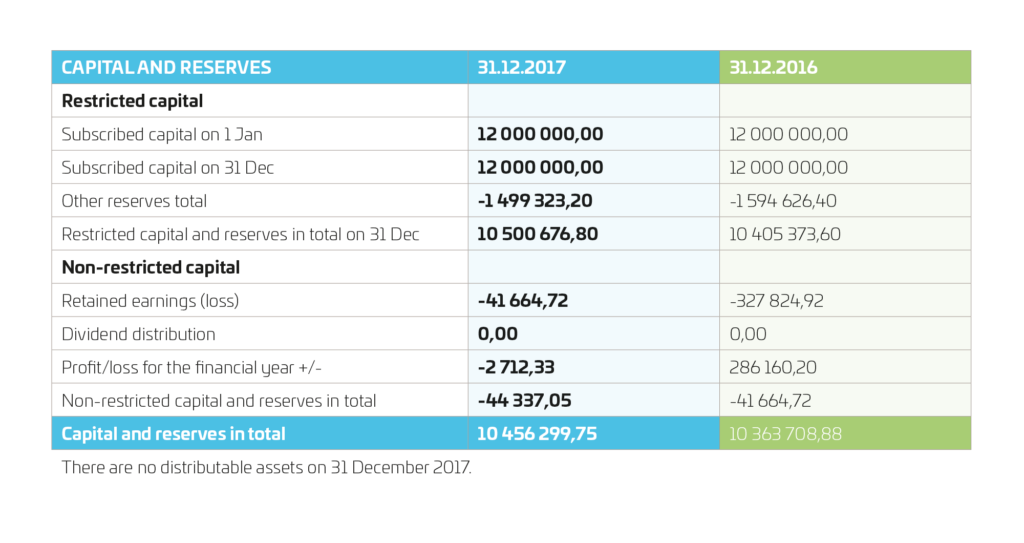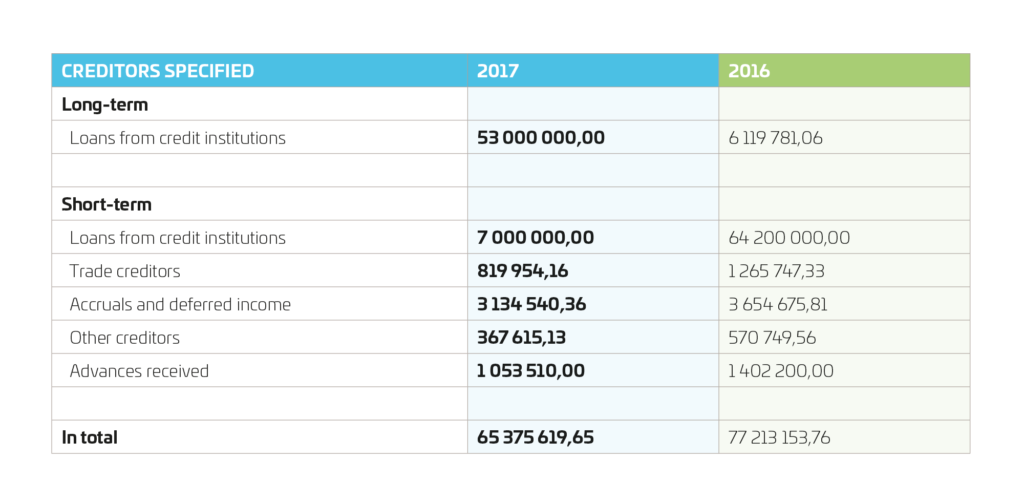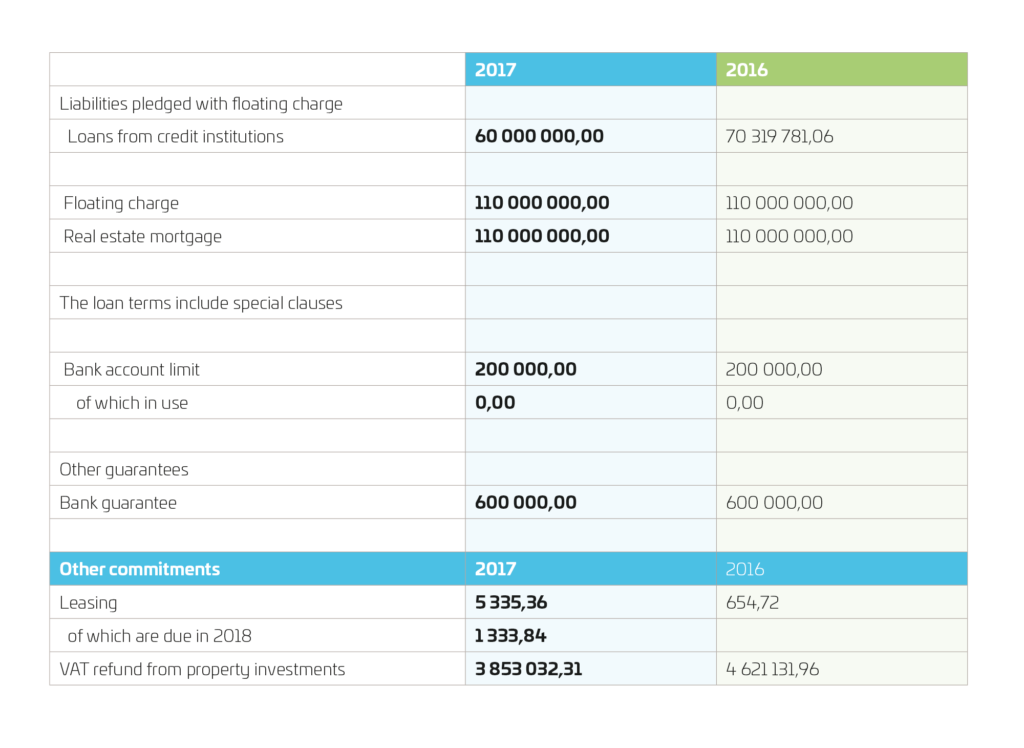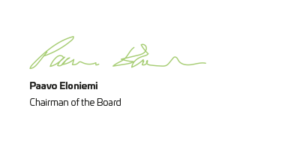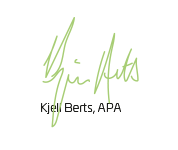REPORT ON THE AUDIT OF FINANCIAL STATEMENTS
Opinion
We have audited the financial statements of Westenergy Oy Ab (business identity code 2165379-9) for the year ended 31 December, 2017. The financial statements comprise the balance sheet, income statement, cash flow statement and notes.
In our opinion, the financial statements give a true and fair view of the company’s financial performance and financial position in accordance with the laws and regulations governing the preparation of financial statements in Finland and comply with statutory requirements.
Basis for Opinion
We conducted our audit in accordance with good auditing practice in Finland. Our responsibilities under good auditing practice are further described in the Auditor’s Responsibilities for the Audit of Financial Statements section of our report. We are independent of the company in accordance with the ethical requirements that are applicable in Finland and are relevant to our audit, and we have fulfilled our other ethical responsibilities in accordance with these requirements. We believe that the audit evidence we have obtained is sufficient and appropriate to provide a basis for our opinion.
Responsibilities of the Board of Directors and the Managing Director for the Financial
The Board of Directors and the Managing Director are re-sponsible for the preparation of financial statements that givea true and fair view in accordance with the laws and regulations governing the preparation of financial statements in Finland and comply with statutory requirements. The Board of Directors and the Managing Director are also responsible for such internal control as they determine is necessary to enable the preparation of financial statements that are free from material misstatement, whether due to fraud or error. In preparing the financial statements, the Board of Directors and the Managing Director are responsible for assessing the company’s ability to continue as going concern, disclosing, as applicable, matters relating to going concern and using the going concern basis of accounting. The financial statements are prepared using the going concern basis of accounting unless there is an intention to liquidate the company or cease operations, or there is no realistic alternative but to do so. Auditor’s Responsibilities for the Audit of Financial Statements Our objectives are to obtain reasonable assurance on wheth-er the financial statements as a whole are free from material misstatement, whether due to fraud or error, and to issue an auditor’s report that includes our opinion. Reasonable assurance is a high level of assurance, but is not a guarantee that an audit conducted in accordance with good auditing practice will always detect a material misstatement when it exists. Misstatements can arise from fraud or error and are considered material if, individually or in aggregate, they could reasonably be expected to influence the economic decisions of users taken on the basis of the financial statements. As part of an audit in accordance with good auditing practice, we exercise professional judgment and maintain professional skepticism throughout the audit. We also:
– Identify and assess the risks of material misstatement of the financial statements, whether due to fraud or error, design and perform audit procedures responsive to those risks, and obtain audit evidence that is sufficient and appropriate to provide a basis for our opinion. The risk of not detecting a material misstatement resulting from fraud is higher than for one resulting from error, as fraud may involve collusion, forgery, intentional omissions, misrepresentations, or the override of internal control.
– Obtain an understanding of internal control relevant to the audit in order to design audit procedures that are appropriate in the circumstances, but not for the purpose of expressing an opinion on the effectiveness of the company’s internal control.
– Evaluate the appropriateness of accounting policies used and the reasonableness of accounting estimates and related disclosures made by management.
– Conclude on the appropriateness of the Board of Directors’ and the Managing Director’s use of the going concern ba-sis of accounting and based on the audit evidence obtained, whether a material uncertainty exists related to events or conditions that may cast significant doubt on the company’s ability to continue as a going concern. If we conclude that a material uncertainty exists, we are required to draw attention in our auditor’s report to the related disclosures in the financial statements or, if such disclosures are inadequate, to modify our opinion. Our conclusions are based on the au-dit evidence obtained up to the date of our auditor’s report. However, future events or conditions may cause the compa-ny to cease to continue as a going concern.
– Evaluate the overall presentation, structure and content of the financial statements, including the disclosures, and whether the financial statements represent the underlying transactions and events so that the financial statements give a true and fair view.
We communicate with those charged with governance re-garding, among other matters, the planned scope and timing of the audit and significant audit findings, including any sig-nificant deficiencies in internal control that we identify during our audit.
OTHER REPORTING REQUIREMENTS
Other information
The Board of Directors and the Managing Director are re-sponsible for the other information. The other information comprises information included in the report of the Board of Directors. Our opinion on the financial statements does not cover the other information.
In connection with our audit of the financial statements, our responsibility is to read the information included in the report of the Board of Directors and, in doing so, consider whether the information included in the report of the Board of Directors is materially inconsistent with the financial statements or our knowledge obtained in the audit, or otherwise appears to be materially misstated. Our responsibility also includes considering whether the report of the Board of Directors has been prepared in accordance with the applicable laws and regulations.
In our opinion, the information in the report of the Board of Directors is consistent with the information in the financial statements and the report of the Board of Directors has been prepared in accordance with the applicable laws and regulations.
If, based on the work we have performed, we conclude that there is a material misstatement in the information included in the report of the Board of Directors, we are required to re-port this fact. We have nothing to report in this regard.
Vaasa 26.4.2018
Ernst & Young Oy
Authorized Public Accountant Firm
Kjell Berts
Authorized Public Accountant


